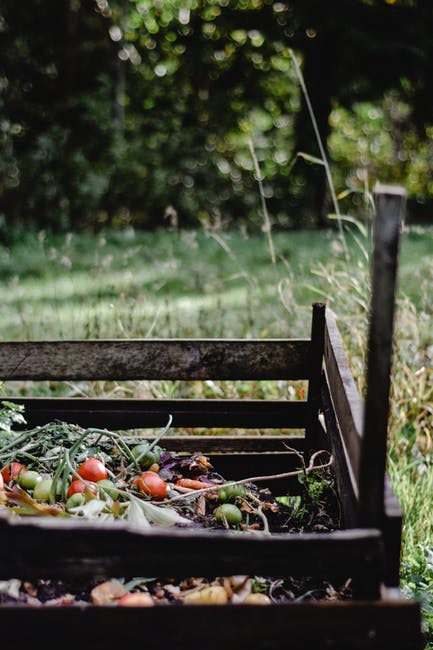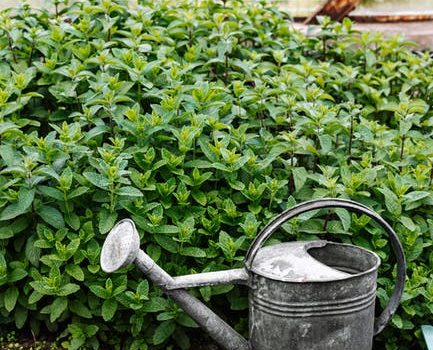
Growing an organic gardening is both relaxing and time consuming, but the benefits far outweigh the troubles, and you can always include anyone who wishes to help. However, for a beginner, the whole gardening experience can be a very intimidating thing to enter into. So, what should a novice do to learn how to grow plants? Read the advice provided in this article!
Keep the temperature in your home between 65 and 75 degrees Fahrenheit, if you are keeping or growing any kind of plant in your house. This is the optimum temperature to ensure strong growth. If you don’t want you house to be really warm during the cold season, you could use a heat lamp on organic plants instead.
Preparing a plot for planting a perennial garden can be done quickly and without difficulty. Use a spade to dig into the turf, turn the turf over, then spread the area with approximately three inches of wood chips. Give the area a couple of weeks, then dig into it and plant your new perennials.
Have all of your tools available to you as you garden to increase efficiency. Carry a large bucket with you or wear pants with a lot of pockets. A gardener’s tool belt will allow you to keep your gardening gloves and other tools close by while you are working in your garden.
Spend your time working efficiently in your organic garden. Have your tools laid out in an orderly way so you do not have to search for them. Keep your tools well-maintained and stored away in a designated place. That way you always know where they are and they are ready to use when you need them. It may be necessary to don a tool belt or cargo pants with extra pockets.
Avoid allowing chores in your organic garden stack up. Even doing just a few small things each day can keep chores from piling up and eventually becoming unmanageable. This will save you a lot of time in the long run. For example, pull a few weeds if you’re outside and waiting for your dog to finish his business.
A beer trap is an effective way of of dealing with any slugs that invade your organic garden. Take a glass jar and bury it so that the soil is even with its mouth. After you have placed the jar in the soil, fill with beer to approximately one inch of the top. The beer will attract the slugs and they will be trapped in the jar.
Treated Wood
You should use wood that is untreated, brick or stone when building the raised bed. Be sure to use wood that is naturally resistant to rotting and that has not been treated. Some good woods are locust, cedar and cypress. In a vegetable garden, never use treated wood, as the chemicals can leach out into the soil and food crops. In the event your vegetable garden already has treated wood as part of its enclosure, consider replacing it, or painting it, or wrapping the treated wood in some protective covering. Keep in mind that if any of the untreated wood is below the ground, you should dig it up to make sure that you completely protect your vegetable garden from the chemicals in the treated wood.
With what you learned you should now feel a bit more confident when it comes to gardening, and you should think of it as an easy task to tackle now. Watching your garden grow can be a source of great pleasure and joy. If you remember these tips the next time you are in the garden, you will be much more successful.
